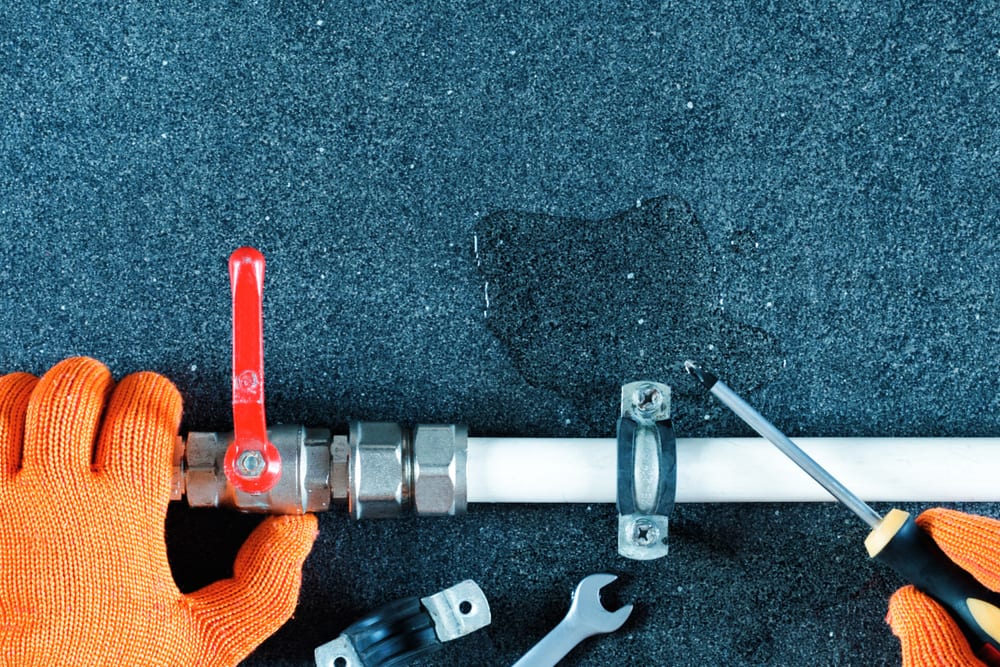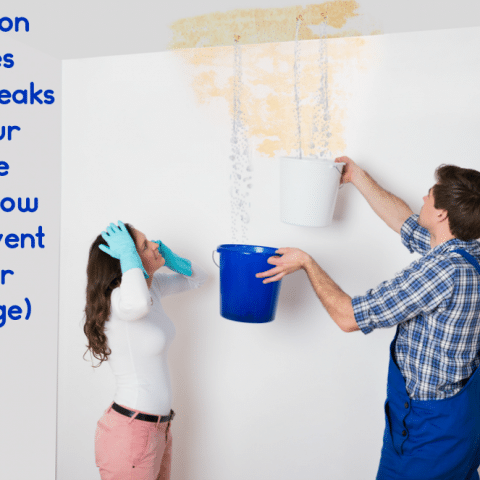Spot Sneaky Water Line Leaks: Six Clever Detection Tricks
Spot Sneaky Water Line Leaks: Six Clever Detection Tricks
Blog Article
Are you interested in help and advice concerning Locating water leaks?

Early detection of dripping water lines can reduce a prospective calamity. Some little water leakages may not be visible.
1. Examine the Water Meter
Every home has a water meter. Inspecting it is a surefire manner in which helps you discover leaks. For starters, shut off all the water sources. Make certain no one will flush, use the faucet, shower, run the washing device or dishwashing machine. From there, most likely to the meter and also watch if it will change. Since no one is using it, there should be no movements. That suggests a fast-moving leak if it moves. If you discover no modifications, wait an hour or two and check back again. This suggests you might have a slow-moving leakage that can also be underground.
2. Check Water Intake
Evaluate your water costs and also track your water intake. As the one paying it, you must notice if there are any type of discrepancies. If you find sudden changes, despite your consumption coinciding, it means that you have leaks in your plumbing system. Keep in mind, your water bill should drop under the very same range monthly. An abrupt spike in your bill suggests a fast-moving leak.
A steady rise every month, even with the exact same routines, shows you have a slow-moving leak that's likewise slowly intensifying. Call a plumber to thoroughly inspect your home, particularly if you really feel a warm location on your flooring with piping beneath.
3. Do a Food Coloring Examination
30% comes from bathrooms when it comes to water intake. Test to see if they are running appropriately. Decline flecks of food shade in the storage tank as well as wait 10 mins. There's a leakage in between the storage tank and also bowl if the shade in some way infiltrates your bowl throughout that time without flushing.
4. Asses Outside Lines
Do not fail to remember to inspect your outside water lines also. Ought to water seep out of the connection, you have a loosened rubber gasket. One small leak can waste heaps of water and also increase your water costs.
5. Check as well as Assess the Situation
House owners ought to make it a habit to examine under the sink counters and also even inside cupboards for any bad odor or mold and mildew development. These two red flags suggest a leakage so prompt focus is called for. Doing routine assessments, even bi-annually, can save you from a major issue.
Examine for discolorations and also compromising as most pipelines and also home appliances have a life expectations. If you suspect dripping water lines in your plumbing system, do not wait for it to intensify.
Early discovery of dripping water lines can reduce a possible catastrophe. Some tiny water leaks might not be visible. Examining it is a guaranteed way that helps you uncover leaks. One little leakage can lose loads of water and also spike your water costs.
If you presume dripping water lines in your plumbing system, don't wait for it to rise.
WARNING SIGNS OF WATER LEAKAGE BEHIND THE WALL
PERSISTENT MUSTY ODORS
As water slowly drips from a leaky pipe inside the wall, flooring and sheetrock stay damp and develop an odor similar to wet cardboard. It generates a musty smell that can help you find hidden leaks.
MOLD IN UNUSUAL AREAS
Mold usually grows in wet areas like kitchens, baths and laundry rooms. If you spot the stuff on walls or baseboards in other rooms of the house, it’s a good indicator of undetected water leaks.
STAINS THAT GROW
When mold thrives around a leaky pipe, it sometimes takes hold on the inside surface of the affected wall. A growing stain on otherwise clean sheetrock is often your sign of a hidden plumbing problem.
PEELING OR BUBBLING WALLPAPER / PAINT
This clue is easy to miss in rooms that don’t get much use. When you see wallpaper separating along seams or paint bubbling or flaking off the wall, blame sheetrock that stays wet because of an undetected leak.
BUCKLED CEILINGS AND STAINED FLOORS
If ceilings or floors in bathrooms, kitchens or laundry areas develop structural problems, don’t rule out constant damp inside the walls. Wet sheetrock can affect adjacent framing, flooring and ceilings.
https://www.servicemasterbyzaba.com/blog/how-to-detect-water-leakage-in-walls/

I was made aware of that editorial on Locating water leaks from an acquaintance on a different web address. Those who appreciated our article if you please make sure you remember to pass it around. Thank you so much for going through it.
Expertise at your service. Report this page